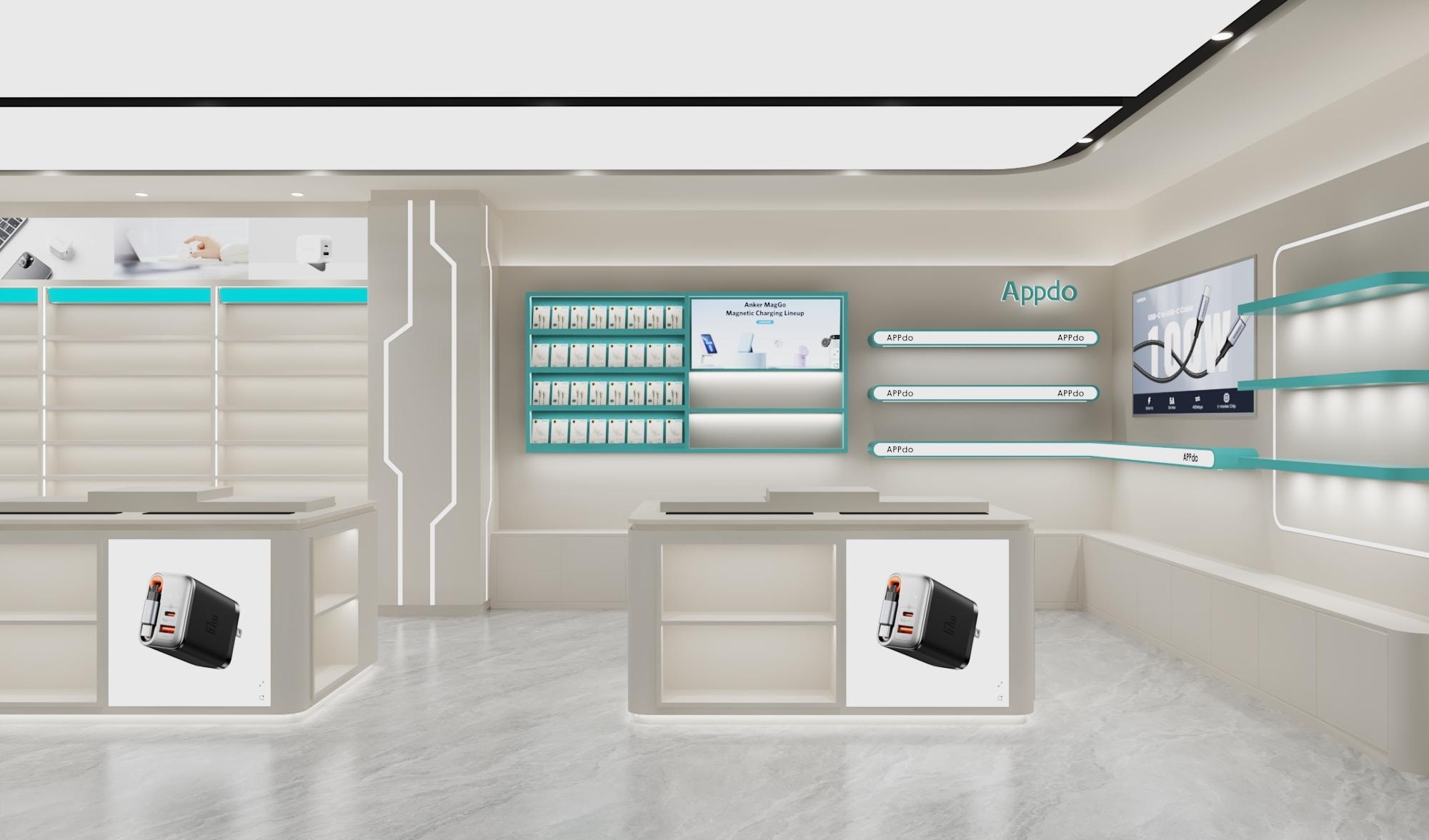
Learn about fast charging technology in three minutes
Updated on August 31, 2025
Nowadays, almost every new smartphone emphasizes faster charging capabilities. But what exactly are the differences between various fast charging technologies? Are they all equally fast? This article will help you make sense of it all.
Table of contents

Being able to quickly charge your phone or tablet means you can enjoy hours of worry-free usage without rushing to find the nearest power outlet. Fast charging has almost become a standard feature, allowing us to replenish a significant amount of power in a very short time. However, with so many technical terms and accessories, where should you start?
First, begin with the devices you already have. Check the original packaging or the manufacturer’s website for charging specifications, confirm whether your charger supports the same technology (usually indicated on the adapter), and check if your cable meets fast charging requirements (it’s recommended to use the original cable whenever possible). If any accessories are incompatible or too old, you may need to upgrade them to achieve maximum charging efficiency.
Below, we’ll provide a detailed explanation from various aspects such as power output, charging protocols, and wireless charging to help you fully understand how fast charging works, its benefits, and what to consider before upgrading your gear.
⚡ How Does Fast Charging Work?
The output of a charger is determined by current (amperage) and voltage. Current measures the speed of energy transfer, while voltage represents the strength of the electrical push. Multiply them together to get the total power (wattage). Most fast charging solutions primarily increase power by adjusting voltage rather than simply increasing current.A traditional USB 3.0 port outputs 5V/1A, which is suitable for small devices like smartbands. Most current phones support at least 5V/2.4A. The widespread adoption of USB-C has further raised the power limit, with support for up to 100W (20V/5A). The new USB4 still uses the Type-C physical interface, with a theoretical peak power of 240W (48V/5A). Due to their larger size and better heat dissipation, laptops can generally handle higher power levels than phones, resulting in relatively faster charging speeds.
🔌 How to Choose the Best Fast Charger?
Although many fast charging standards have emerged in the market, with the unification of the USB-C interface, most phones now support the USB Power Delivery (PD) protocol. This protocol allows the charger and device to negotiate and provide the optimal power supply. The latest USB PD 3.2 standard supports output of up to 240W, though very few phones currently support such high power levels due to safety considerations.It’s worth mentioning that the addition of Programmable Power Supply (PPS) technology allows chargers to fine-tune output (with voltage adjustments as precise as 20mV), enabling devices to draw power as needed. This not only improves efficiency but also reduces heat generation, helping to extend battery life.

